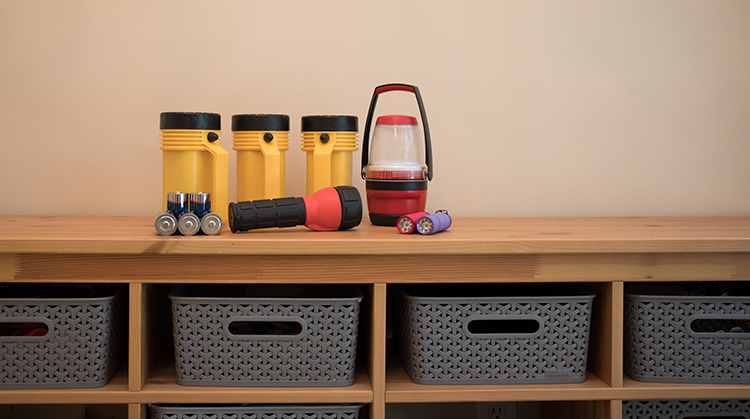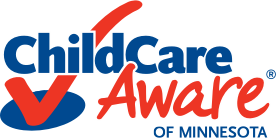Planning for Emergencies

With summer and severe weather season in full swing, I can’t help but reflect on our work with emergency preparedness. In Minnesota, we have our fair share of situations including tornadoes, severe thunderstorms, blizzards, floods, house fires, and gas leaks which require child care homes and centers to be prepared so that children are safe. Here are five ways that child care providers can plan for emergencies:
- Have a plan. State law requires every licensed child care home and center to have an up-to-date plan. This plan should be practiced and shared with staff and families. We have online and in-person training available because the better prepared providers are, the better they will be able to respond.
- Providers should know exactly how to notify parents through multiple methods, especially in situations where children and staff might need to rapidly relocate.
- Reach out. Talk to local emergency officials to make sure child care homes and centers are part of any municipal or county emergency planning.
- Help children. Children should learn how to be calm and safe by practicing safety drills. There are also many positive, supportive books available that can help them prepare for and cope with emergency situations.
- Prepare financially. All providers should make sure their insurance policies provide adequate coverage and that they have taken other steps to ensure that their business can continue to function after an emergency or disaster.
If the unthinkable happens, Child Care Aware is here to help. We can connect providers to resources and help them apply for emergency funds to get their programs back in operation as soon as possible. After disaster strikes a community, families need child care more than ever. Emergency preparedness assures that this care will be there.
